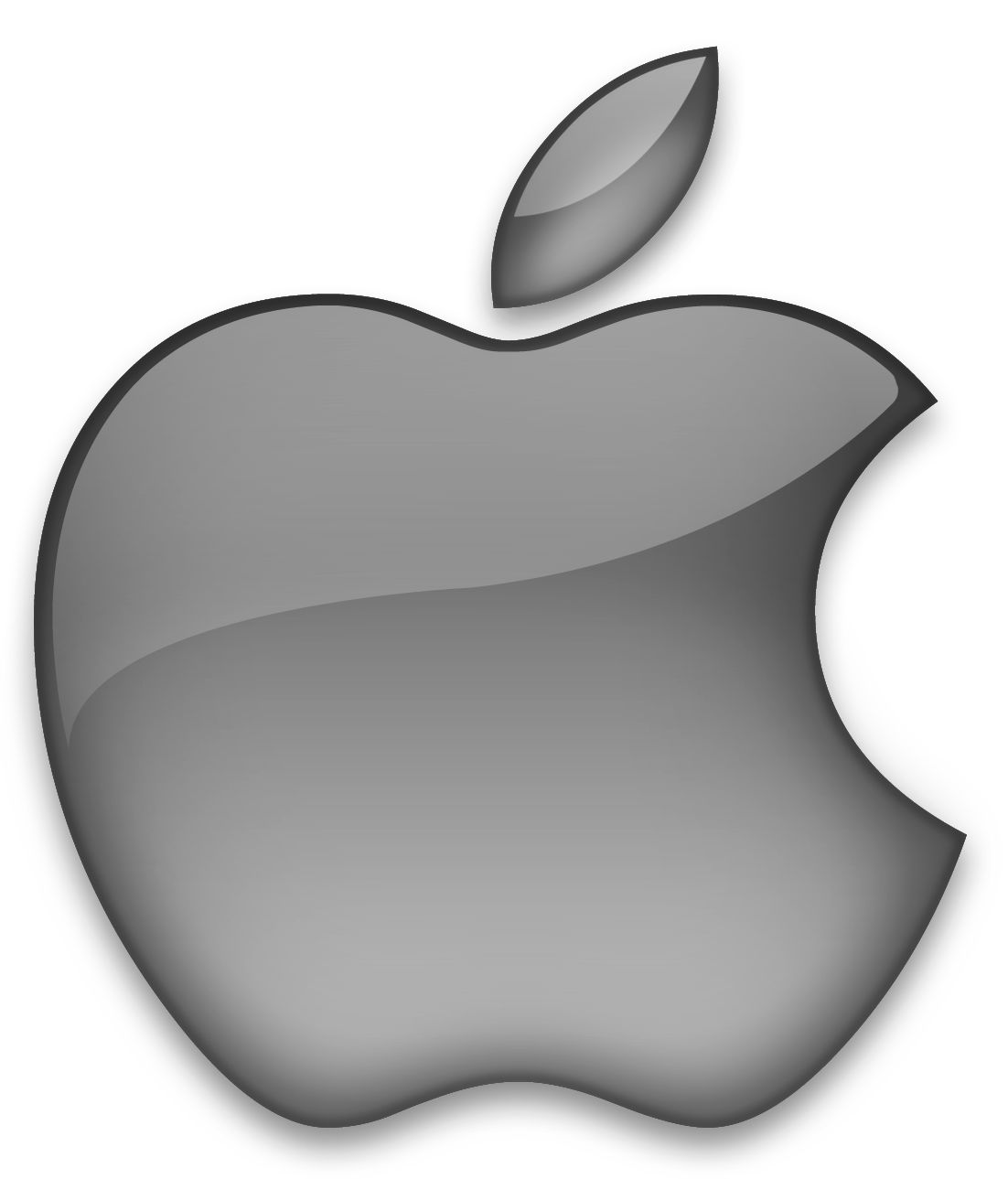 With sales of larger “phablet” smartphones booming in Asia, Apple will likely respond next year, but it will face the same pricing predicament it’s staring at now for the iPhone 5C, an analyst said.
With sales of larger “phablet” smartphones booming in Asia, Apple will likely respond next year, but it will face the same pricing predicament it’s staring at now for the iPhone 5C, an analyst said.
I think Apple has already realized that they missed on the phablet category,” said Sameer Singh, who covers mobile technologies at his Tech-Thoughts website. “[But] I expect a 5-inch-plus Apple phablet to launch some time in 2014. If not, Apple’s decline in Asia will accelerate.
Singh’s remarks were triggered by a report last week from IDC, which said phablet shipments — smartphones with screen sizes between 5-in. and just under 7-in. — overtook those of notebook PCs and tablets combined in Asia during the quarter ending June 30.
According to IDC, vendors shipped 25.2 million phablets in the period, compared with 12.6 million tablets and 12.7 million portable PCs.
Phablets first started as a trend driven by mature markets like South Korea, Hong Kong and Singapore,” said Melissa Chau of IDC last week. “What’s changed now is the added pick up of phablets in emerging markets like China and India, not just the plethora of big-name vendors competing head-to-head with Samsung, but instead the low-cost local players who have swooped in to offer big screens for less money — averaging a retail price of $220 versus Samsung’s $557.
Samsung’s Galaxy Note series, including the newest Note 3 launched Wednesday, which features a 5.7-in. display, are the best known phablets to U.S. consumers, who so far have not gravitated to the larger smartphones that offer more screen real estate for browsing and gameplay.
Asia — China especially — has been a wellspring for Apple revenue and profit until recently. In the second quarter, Apple’s revenue in what it calls the Greater China region — the People’s Republic, Taiwan and Hong Kong — fell 14% year-over-year to $4.6 billion, a disturbing trend to analysts.
But Apple’s share of the smartphone market in China itself is shrinking, said researcher Canalys last month. For the April-June quarter, Apple was ranked seventh among China’s smartphone vendors, with a market share of just 5%, down from the previous quarter’s 8%.
Singh is among the analysts who wondered whether Apple could make a serious play in the booming Asian phablet category.
Their challenges are basically the same as those they face now,” Singh said. “The problem is price. Apple will likely pitch their phablet as a flagship with an unsubsidized starting price of $650, [while] competing vendors offer them at prices as low as $200. Anything less would lead to a revenue loss [by Apple] in subsidized markets.
Singh’s reference to similar challenges was a nod to Apple’s dilemma in pricing its lower-cost iPhone 5C, which is expected to debut Sept. 10. Price the iPhone 5C too low and Apple leaves money on the table in subsidized markets like the U.S.; but unless the iPhone 5C is priced competitively in Asia, China in particular, it won’t add much, if anything, to Apple’s share in that huge market.
Most analysts believe Apple will price the iPhone 5C at over $400 without a mobile service contract — near or identical to the price of the unlocked iPhone 4 currently — and thus protect its U.S. market at the risk of not gaining ground in Asia.
From Singh’s perspective, Apple will do the same with any phablet it introduces.
Apple’s overall strategy will be to try and maintain their premium image and margins,” said Singh. “[But] I’m skeptical if that strategy will be successful long-term.
Not that Apple won’t make money on phablets. Even with a larger screen — the current iPhone 5 boasts a 4-in. display — an iPhone phablet would be a profit driver.
I don’t expect cannibalization to be much of a factor. The phablet’s gross margins should be comparable to other iPhones — upwards of 60%– and much higher than the iPad Mini, so any shift in the sales mix towards phablets will probably benefit Apple,” said Singh.
Yet other analysts have stressed that, minus risk-taking, Apple’s business model — which relies on premium prices for premium profit — could be crippled as Chinese smartphone makers undercut Apple globally.
Carriers have lower influence on pricing and distribution in Asia, so smartphone sales need to be driven by their own merits and on price,” said Singh. “Unlike in subsidized markets, when price becomes a factor in the purchasing decision, the relevance of the brand reduces … we’ve already seen this unfold in the tablet industry.
The notoriously-secretive Apple has not announced plans to expand its iPhone display choices. However, at the AllThingsD Conference in May, Apple CEO Tim Cook said, “A large screen comes with a lot of trade-offs,” but then hinted that if those trade-offs could be minimized, larger displays in a smartphone would be considered.
Gregg Keizer covers Microsoft, security issues, Apple, Web browsers and general technology breaking news for Computerworld. Follow Gregg on Twitter at Twitter @gkeizer, on Google+ or subscribe to Gregg’s RSS feed Keizer RSS. His email address is gkeizer@computerworld.com.









